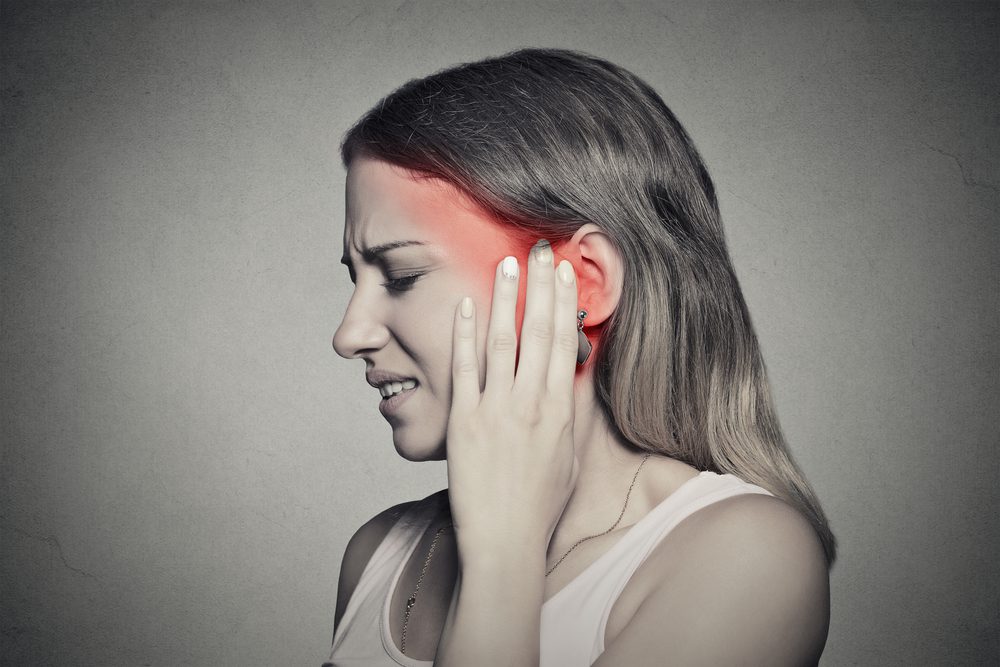This condition affects the trigeminal nerve which is responsible for sending sensory signals from your face to your brain. Trigeminal Neuralgia causes an electrical shock-like sensation to one side of the face resulting in excruciating pain. The severity of this condition can increase over time from mild to severe episodes of pain. Trigeminal neuralgia more commonly occurs in people over 50 years old and more often in women than in men.
Acupuncture has been used for Trigeminal Neuralgia (TN) also known as prosopalgia or tic douloureux is a common cranial neuralgia and neuropathic pain can affect the facial region as there are several distributions of the trigeminal nerve. This pain can be sudden, stabbing, severe, and usually unilateral or one-sided episodes of pain which is associated with one of the branches of the fifth cranial nerve. Even regular daily activities such as chewing, brushing teeth, swallowing, and shaving can bring on episodes of TN.
Regular Acupuncture can be used with TN or Electro-Acupuncture can be used as well. This application of acupuncture can reduce pain and minimize the side effects of trigeminal neuralgia. There are key acupuncture points on the face, scalp, ears, hands, and feet that can be effective for the treatment of TN. The use of laser therapy has also been effective in reducing pain and inflammation with the effects of K Laser class IV light therapy. The concurrent use of both acupuncture and K laser can be a welcomed relief for those suffering from this condition.

Trigeminal neuralgia symptoms may include one or more of these patterns: